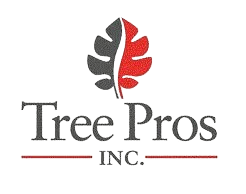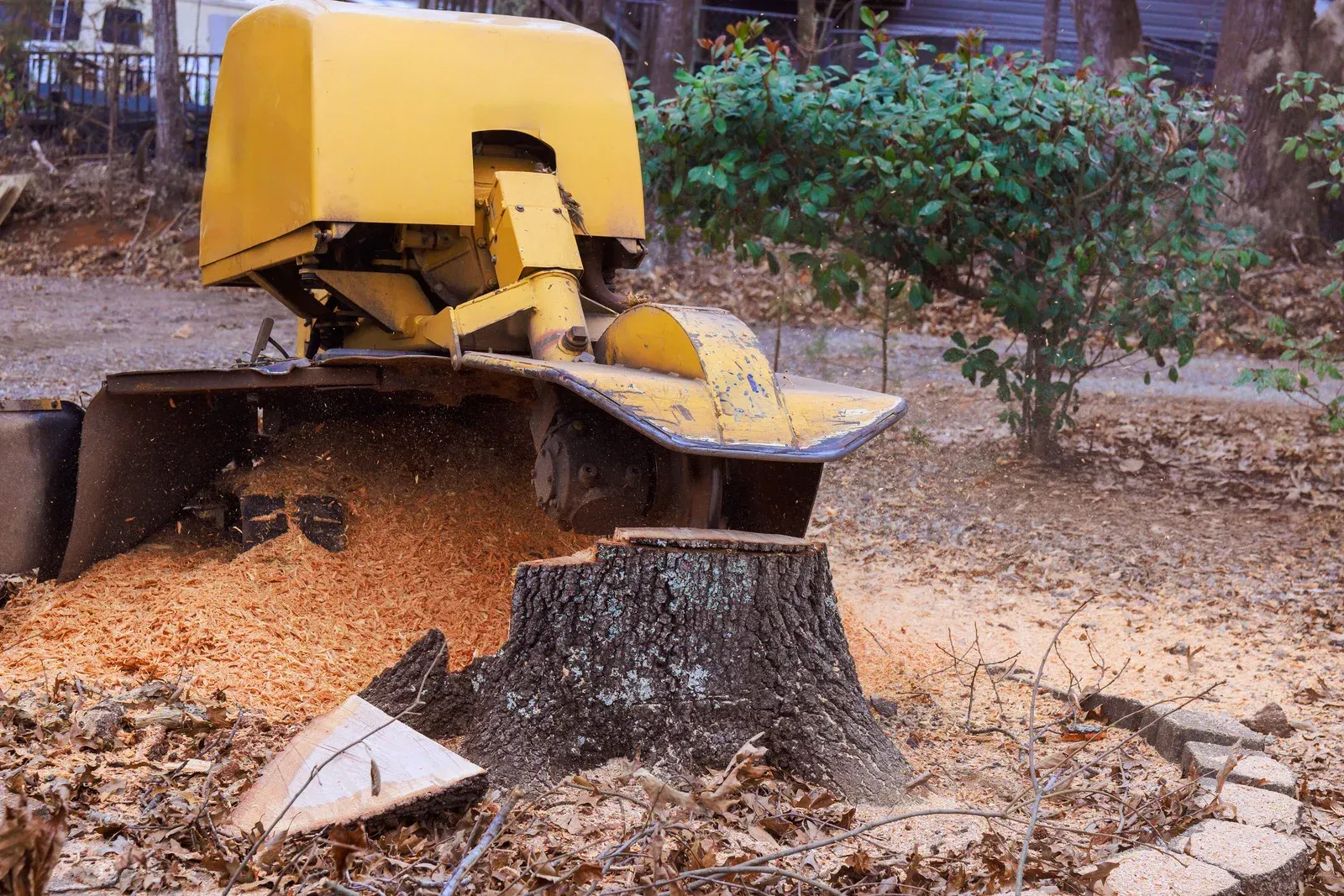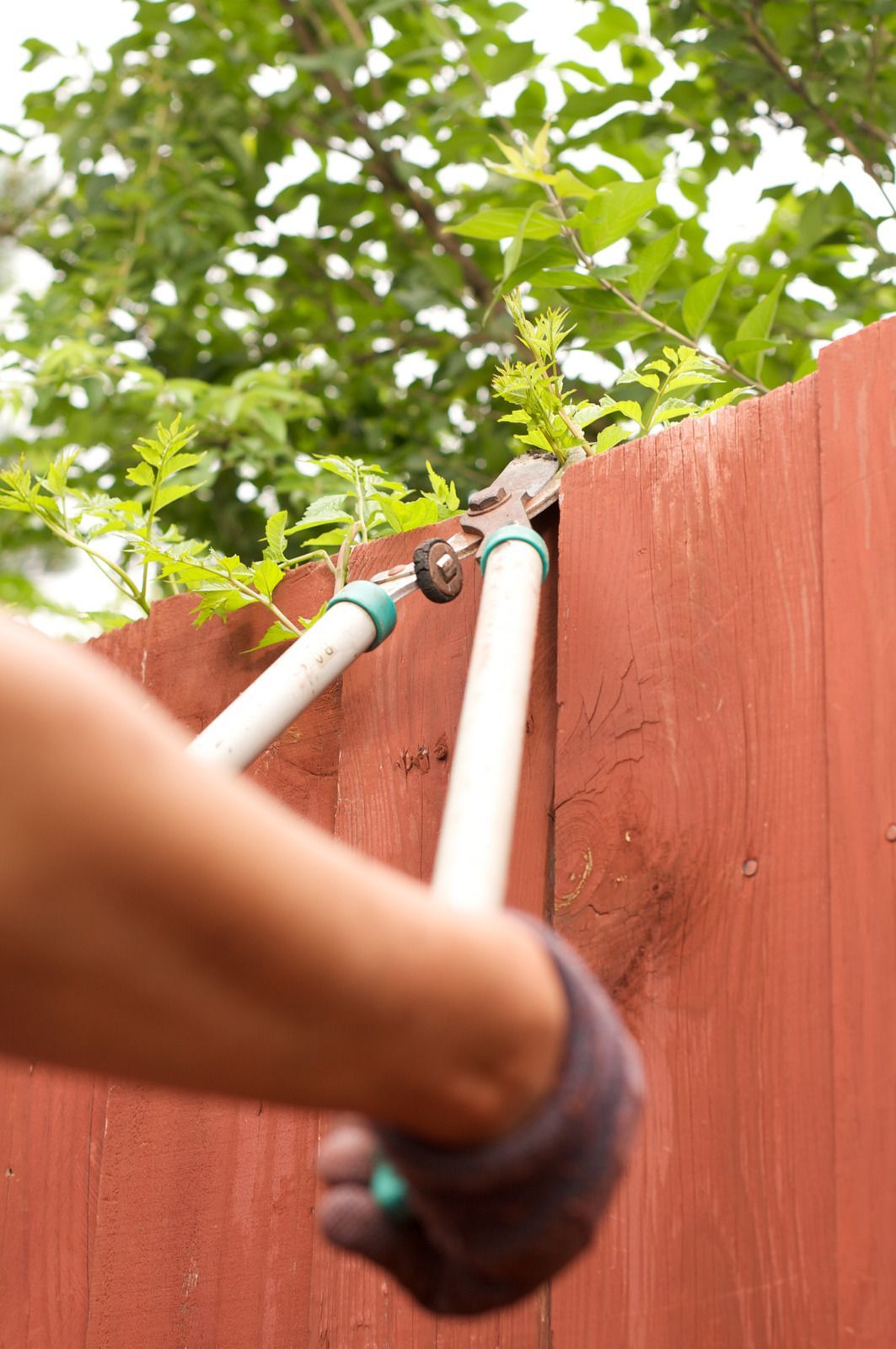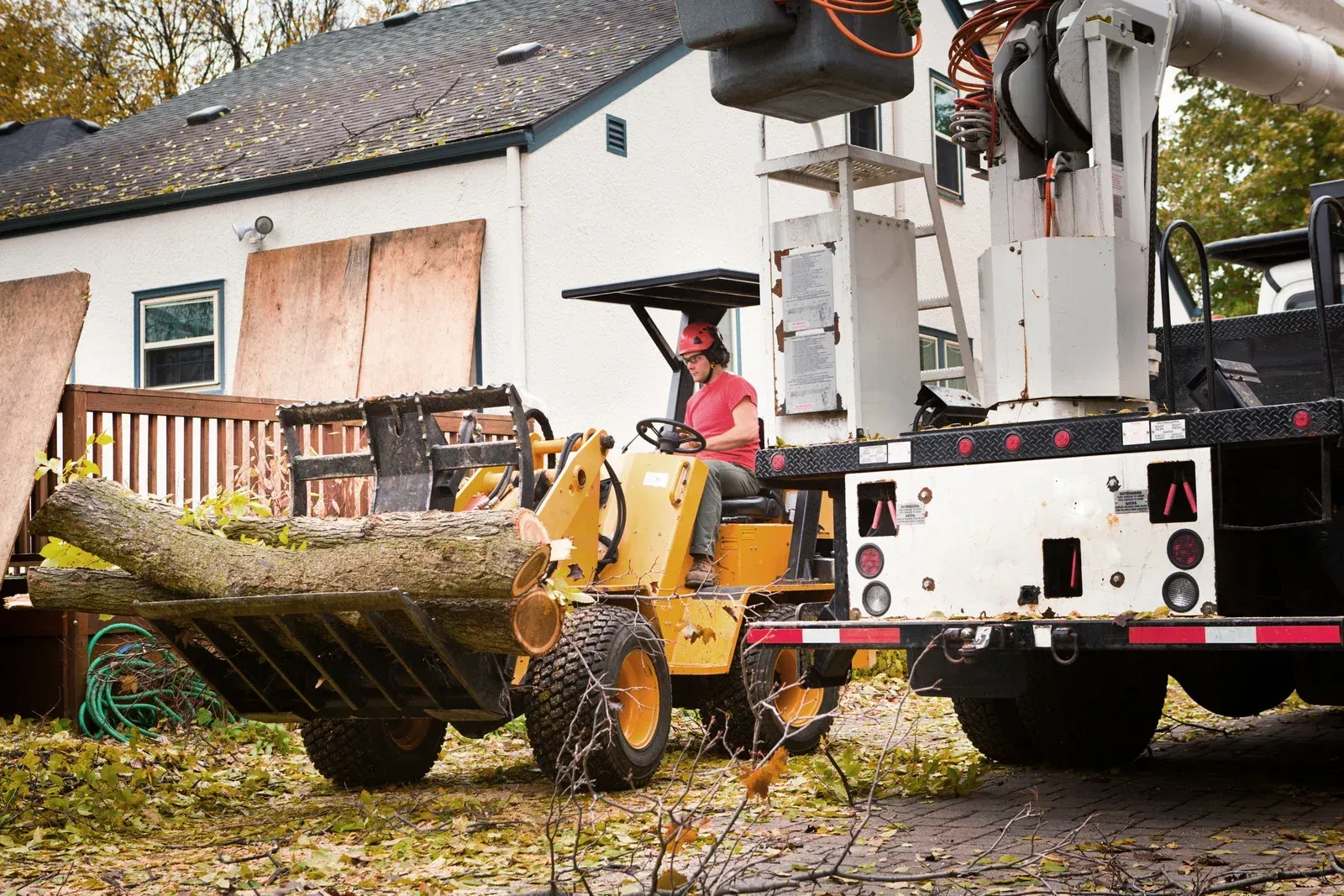What to Expect During a Professional Plant Health Care Assessment
Healthy plants bring life, color, and balance to any landscape, but maintaining them requires more than water and sunlight. A professional plant health care assessment helps identify problems early and ensures trees, shrubs, and other greenery remain strong year-round. Understanding what happens during such an evaluation allows property owners to plan better and maintain thriving outdoor spaces.
Initial Visual Inspection
A plant health care assessment begins with a detailed visual inspection of the landscape. The arborist or plant specialist walks through the property, observing each tree and plant for signs of poor health. They look for discolored leaves, unusual growth patterns, cracks in bark, dead branches, and pest activity. The expert also studies how sunlight, soil, and nearby structures affect plant growth.
These observations help form the foundation for further testing and treatment planning. By identifying visible symptoms early, professionals prevent minor issues from developing into severe problems that could threaten the entire landscape.
Evaluation of Soil Conditions
Soil plays a major role in plant health, and professionals always include soil testing as part of their assessment. They may collect samples from different areas to check moisture levels, pH balance, and nutrient availability. Unbalanced soil can lead to weak roots, slow growth, and increased susceptibility to disease.
Understanding soil conditions helps determine what each plant needs to thrive. For example, trees struggling in compacted soil may need aeration, while others might require nutrient supplements. Proper soil evaluation gives a clear picture of how to create ideal growing conditions.
Detection of Insects and Diseases
One of the most important steps during a plant health care assessment is checking for pests and diseases. Many infestations start small and remain unnoticed until significant damage occurs. Experts look for holes in leaves, sticky residue, fungal growth, or any visible signs of insect activity. They may use magnifiers or testing tools to confirm the presence of harmful organisms.
Detecting these problems early allows treatment before they spread to healthy plants. Professionals also identify beneficial insects that naturally protect the landscape, ensuring the right balance within the ecosystem.
Analysis of Environmental Factors
Beyond pests and soil, environmental factors influence plant health. A professional assesses how irrigation systems, drainage patterns, air circulation, and sunlight exposure affect growth. Poor watering schedules, excessive shade, or improper drainage often weaken plants over time.
The specialist offers guidance on adjusting watering frequency, trimming nearby trees for better light, or improving airflow. These adjustments support long-term plant resilience and reduce future maintenance needs.
Customized Care Recommendations
After collecting all necessary information, the expert develops a detailed health report outlining current conditions and customized care recommendations. This report includes suggestions for fertilization, pest control, pruning, and soil treatment.
The goal is to create a sustainable plan that keeps every plant strong, vibrant, and disease-free. Some properties may require seasonal follow-ups, especially if trees or shrubs face recurring stress due to local climate or soil conditions.
Conclusion
A professional plant health care assessment offers insight, prevention, and long-term protection for every landscape. By identifying problems early and tailoring care to each plant’s needs, experts help maintain balance and vitality.
For trusted service throughout Los Angeles County, San Diego County, Orange County, San Bernardino County, and Riverside County, Tree Pros Inc.
delivers expert plant care assessments designed to keep landscapes thriving in every season.



